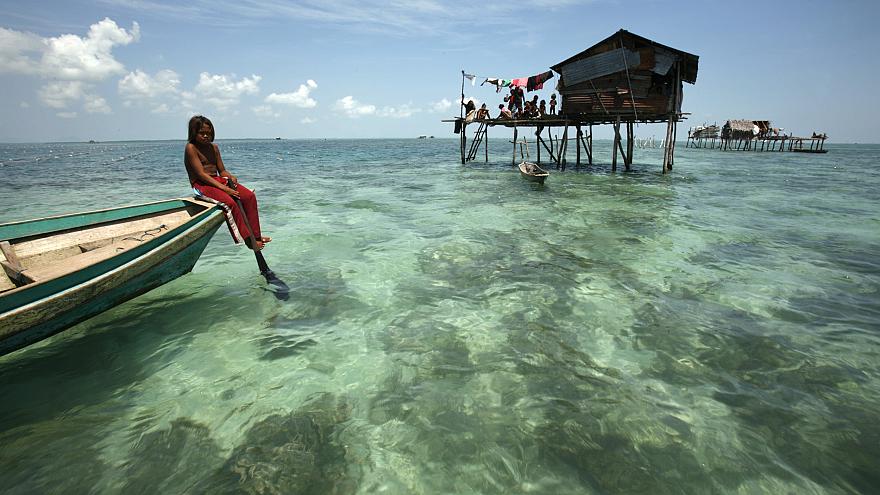The Indigenous Bajau people of South-East Asia have developed big spleens through natural selection, allowing them to dive to great depths, a study found.
Researchers said their findings concerning the Bajau’s genetic adaptation adds a new example “to the list of remarkable genetic adaptations humans have experienced in recent evolutionary history”.
Also known as “Sea Nomads,” they are marine hunter-gatherers living off shellfish from the seabed, traditionally living a nomadic existence as their name suggests.
The Bajau are renowned for their extraordinary breath-holding abilities — they are capable of diving up to 70m with nothing more than a set of weights and a pair of wooden goggles — however, it was previously unknown whether this has a genetic basis.
New research, published in academic journal Cell30386-6), found the Bajau had large spleens, allowing them to dive to great depths.
Their larger spleens provided an oxygen reservoir for diving.
Researchers found that when diving in a traditional way they could spend around 60% of their time underwater, diving to great depths.
To find out if the Bajau’s extraordinary diving skills were based on a genetic adaptation, they firstly compared the Sea Nomads to their neighbours.
They found the Bajau, both divers and non-divers, had significantly larger spleens than their close geographic and genetic neighbours, the Saluan.
In fact, the Bajau’s spleens were on average 50% larger than the Saluan, who interact minimally with the marine environment.
Looking for a genetic basis for the size difference, researchers then scanned both groups’ genomes and compared them for areas that had been under natural selection.
A site on a gene known as PDE10A differed greatly between the groups and was found to correlate with the Bajau’s larger spleen size.
This finding concerning the Bajau might be medically relevant in understanding hypoxia adaptations — adaptations to low oxygen — which the study calls “a pertinent medical issue”.
The Sea Nomads have been travelling the Southeast Asian seas on houseboats for over 1,000 years.
Rough estimates suggest they are around 1 million in population and live across the southern Philippines, Malaysia and Indonesia.






